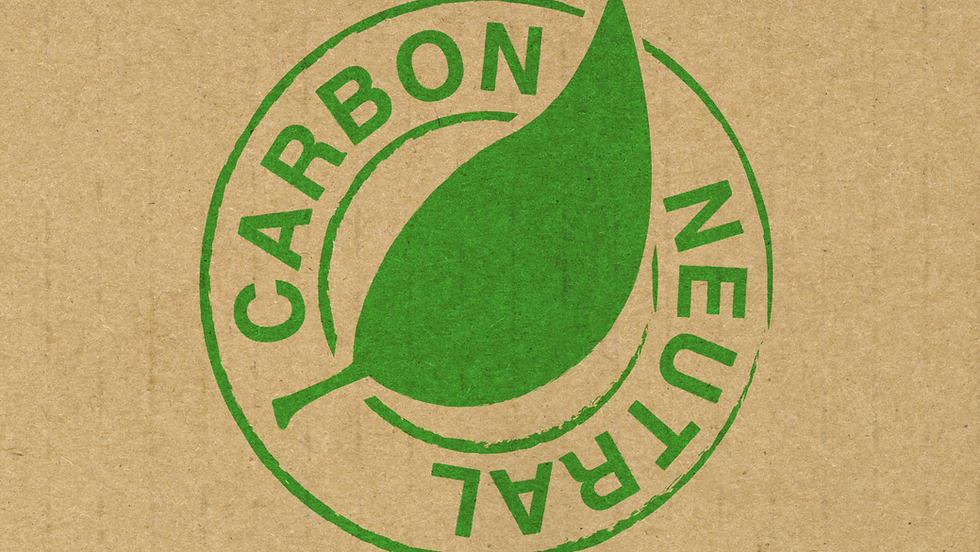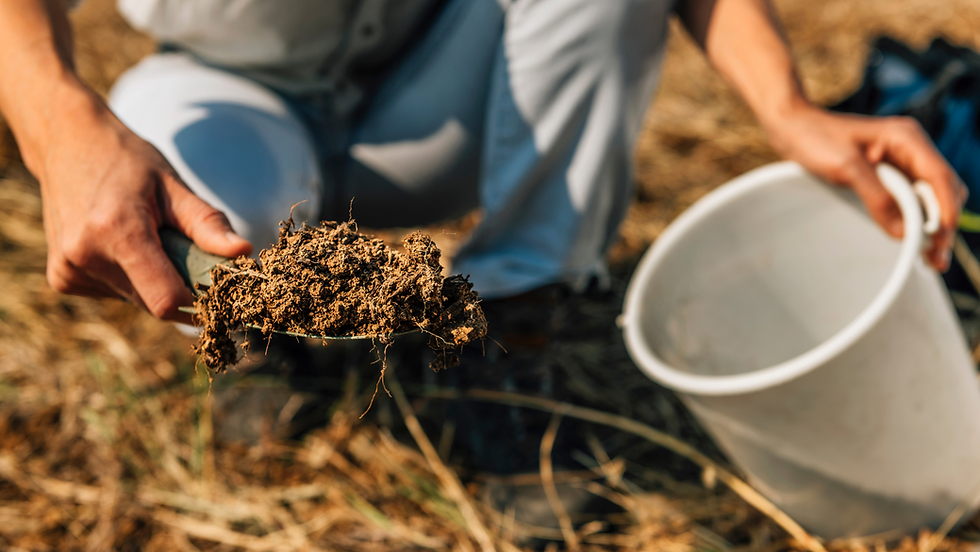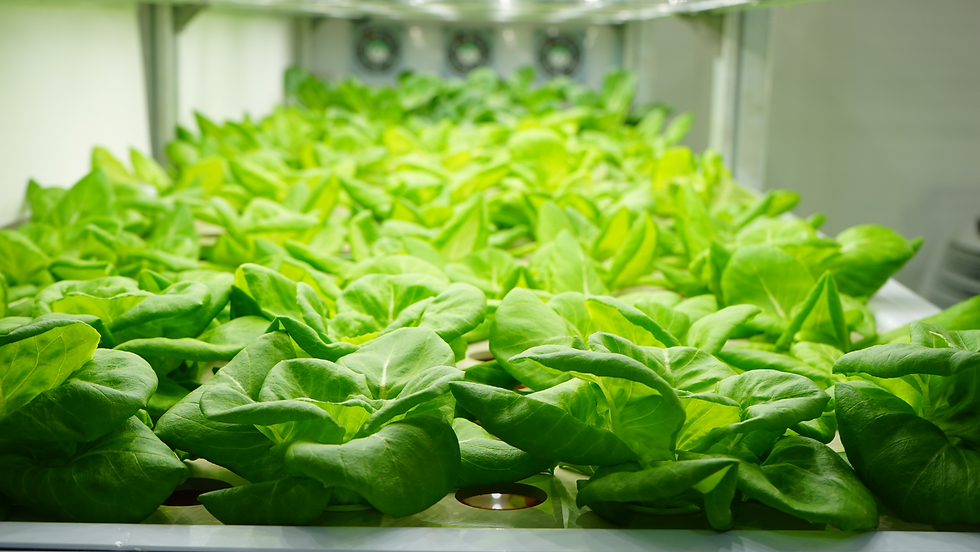Agriculture plays a crucial role in our society by providing us with the food we need to survive. However, agriculture also has a significant impact on our environment, with the potential to contribute to climate change through the release of greenhouse gases such as carbon dioxide (CO2) and methane. As farmers, it's important to consider the impact of our practices on the environment and take steps to reduce our carbon footprint. One approach to achieving this is through carbon sequestration, which involves capturing and storing carbon in soils and vegetation. In this article, we'll explore the farmer's guide to carbon sequestration in agriculture.

What is Carbon Sequestration?
Carbon sequestration is the process of removing carbon from the atmosphere and storing it in a stable form, such as in soils or vegetation. Plants absorb CO2 during photosynthesis, and this carbon is then stored in the plant biomass and soil. Carbon sequestration can occur naturally or through deliberate human interventions, such as changing land use or management practices.

Why is Carbon Sequestration Important in Agriculture?
Carbon sequestration is important in agriculture because it can help mitigate climate change by reducing the amount of CO2 in the atmosphere. Additionally, it can improve soil health and productivity, which can lead to increased crop yields and profitability. Carbon sequestration also provides co-benefits, such as reducing erosion and improving water quality.

Effects of Carbon Sequestration on Plant Growth:
Carbon sequestration has a positive impact on plant growth as it improves soil fertility and increases nutrient availability. The carbon stored in the soil helps to enhance the soil structure, making it more porous, which improves the aeration and water-holding capacity of the soil. This leads to increased root growth and nutrient uptake by plants, resulting in improved crop yields.
Carbon sequestration also reduces soil erosion, which can improve soil health and prevent nutrient loss. The soil's ability to retain water increases, which makes it more resistant to drought. This results in plants having more access to water, leading to healthier and more robust growth.

Effects of Carbon Sequestration on Livestock:
Carbon sequestration has a positive impact on livestock health as it provides nutrient-rich pastures for grazing animals. The carbon stored in the soil helps to increase soil organic matter, which leads to more nutrient-rich forage for livestock. The nutrient-rich forage improves the health and productivity of the animals, leading to improved meat and milk production.
Carbon sequestration also helps to reduce soil erosion, which prevents the loss of nutrient-rich topsoil. This helps to maintain healthy pastures, which provide a continuous source of forage for grazing animals. Additionally, the improved soil structure and increased water-holding capacity of the soil provide more water for the animals, leading to improved hydration and overall health.

Farmers can implement carbon sequestration practices through a variety of techniques, including:
Conservation Tillage: Conservation tillage involves reducing the amount of tillage or disturbing the soil as little as possible to maintain plant residue on the soil surface. This practice can increase soil organic matter and reduce soil erosion, leading to improved soil health and carbon sequestration.
Cover Crops: Cover crops are plants grown specifically to cover the soil between cash crops. They can help improve soil health and reduce erosion, and they also absorb CO2 from the atmosphere through photosynthesis.
Crop Rotation: Crop rotation involves alternating different crops on the same land in a specific sequence. This practice can improve soil health and fertility and reduce the risk of pest and disease outbreaks. Crop rotation can also help sequester carbon in the soil by increasing soil organic matter.
Agroforestry: Agroforestry involves integrating trees and shrubs with crops and/or livestock on the same land. This practice can provide multiple benefits, including carbon sequestration, soil conservation, and improved biodiversity.
Grazing Management: Grazing management involves managing livestock grazing to promote healthy pastures and reduce overgrazing. This practice can improve soil health and increase carbon sequestration.
Nutrient Management: Nutrient management involves optimising fertiliser use to improve crop yields while minimising environmental impacts. This practice can reduce greenhouse gas emissions from fertiliser production and application and increase carbon sequestration in the soil.
Conservation Reserve Program: The Conservation Reserve Program (CRP) is a federal program that provides financial incentives to farmers to plant native vegetation on marginal or highly erodible land. This practice can help improve soil health and carbon sequestration.

Technology in Carbon Sequestration:
Technology plays a crucial role in monitoring and managing carbon sequestration in farming. Carbon footprint calculators can be used to determine a farm's carbon emissions and identify areas where carbon sequestration practices can be implemented. Soil tests can also be used to determine the amount of carbon stored in the soil and identify areas where soil health can be improved.
Precision agriculture technology can be used to optimise farming practices and improve carbon sequestration. For example, variable rate fertilisation can be used to apply the right amount of fertiliser in the right areas, reducing greenhouse gas emissions from fertiliser production and application. Additionally, precision irrigation can be used to reduce water use and improve soil health, leading to increased carbon sequestration.

Carbon sequestration in agriculture is an important strategy for mitigating climate change and improving soil health and productivity. By adopting carbon sequestration practices such as conservation tillage, cover crops, crop rotation, agroforestry, grazing management, nutrient management